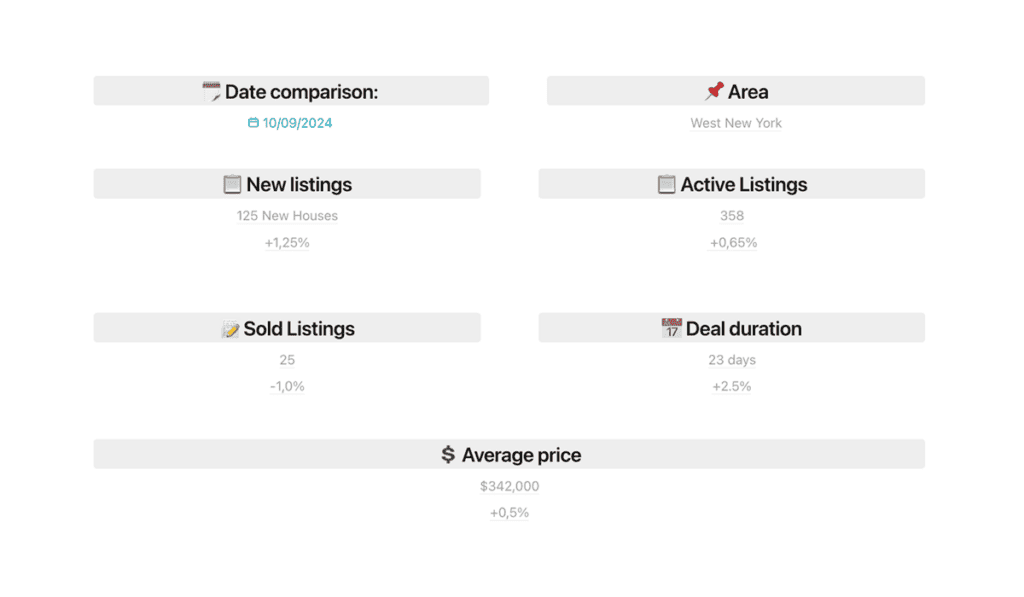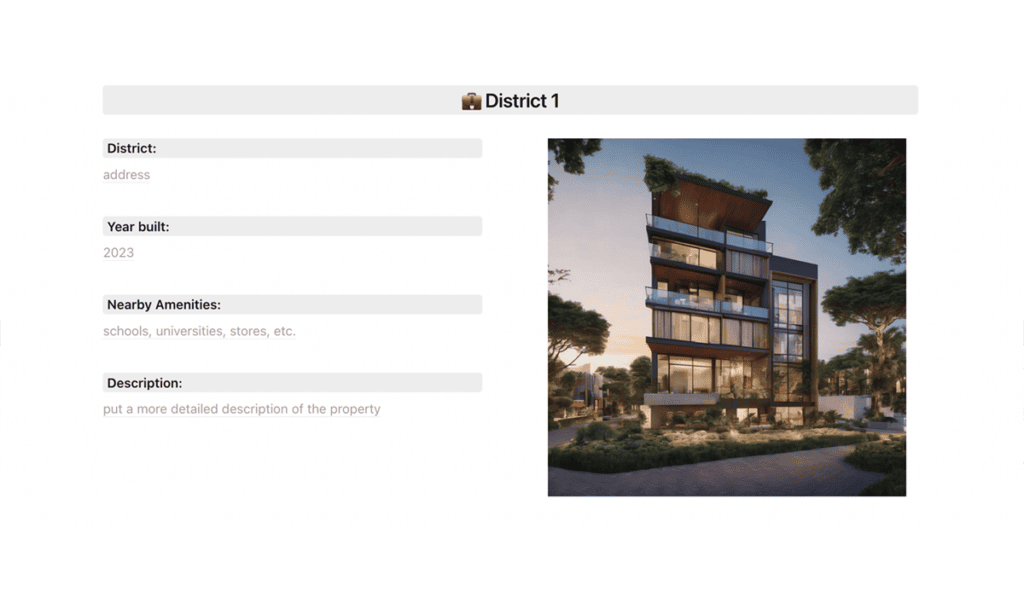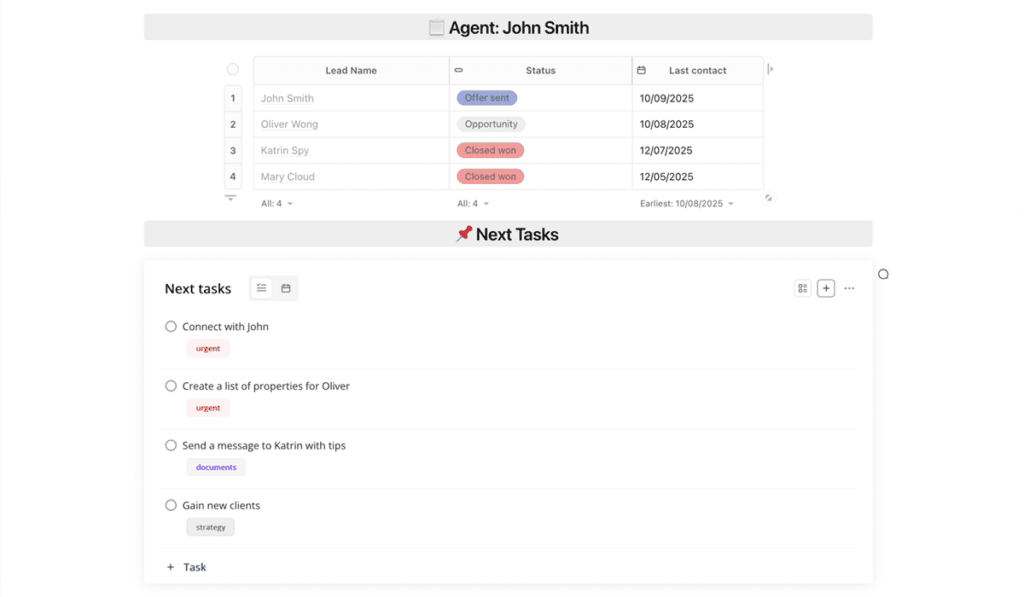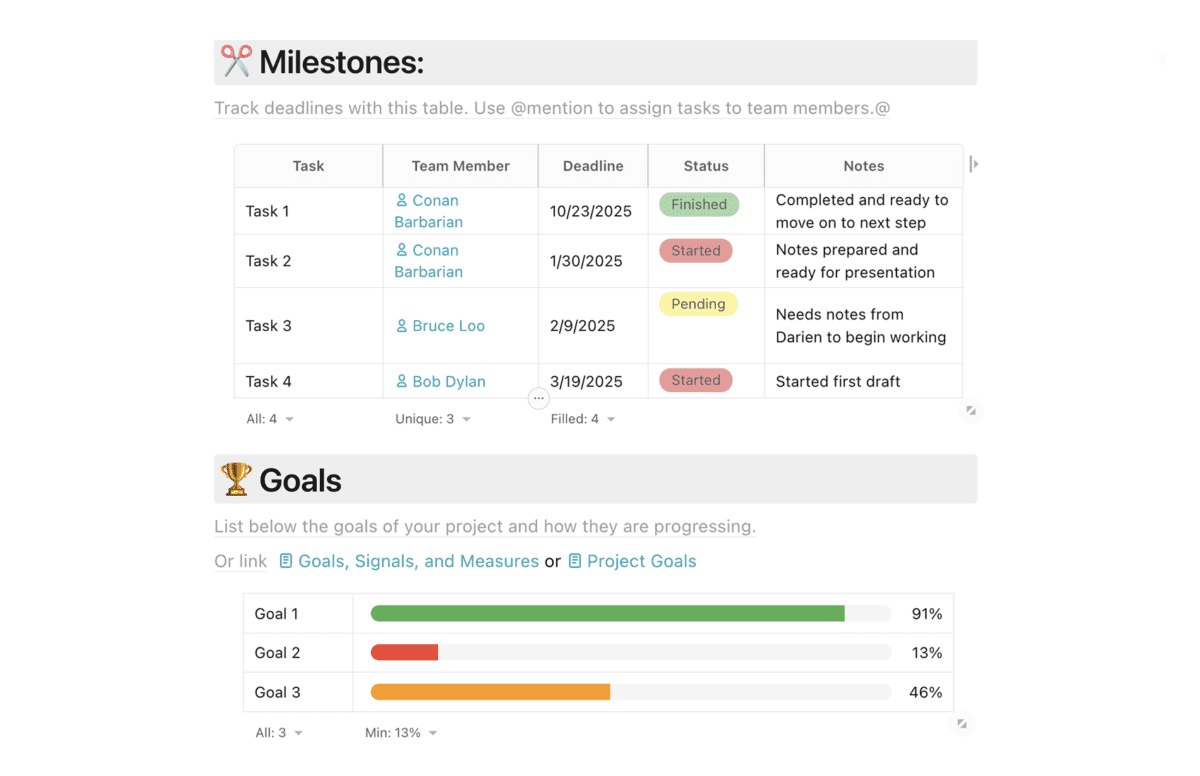 Project Life Cycle
Project Life Cycle

Recommended templates
Coach's Notes

Commission Split Sheet

Local Market Update

Real Estate Buyer Persona Profiles

Agent Scorecard

Market Comparables

Buyer Leads Report









